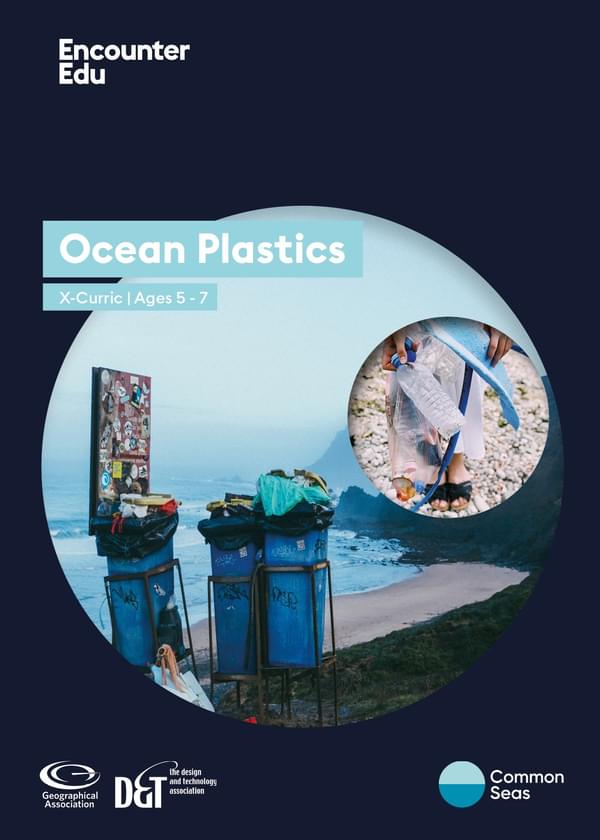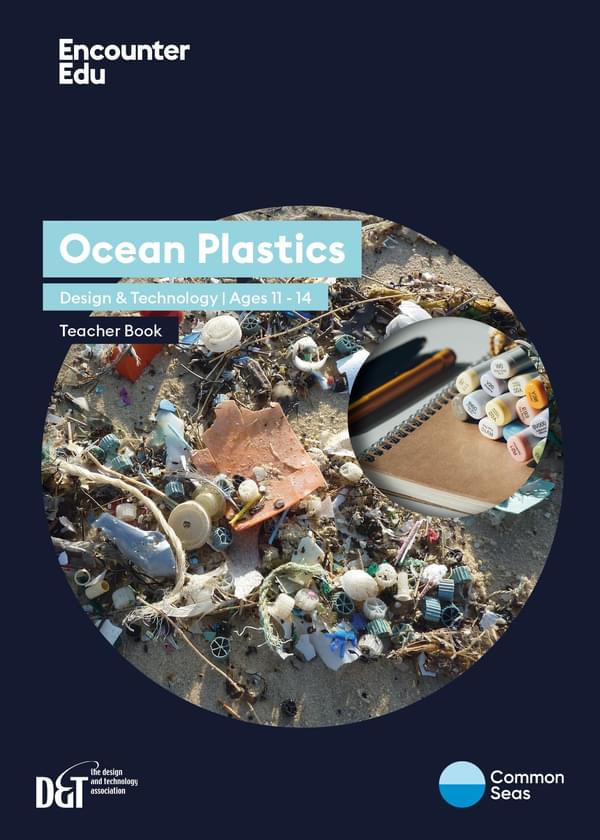Potato stamp wrapping paper
By some estimates, the UK uses 227,000 miles of wrapping paper each year! Conventional wrapping paper is often non-recyclable and made with plastic, giving it a shiny or crunchy feel. This activity is going to help you to reduce the amount of plastic that you use by creating some beautiful personalised plastic free wrapping paper.
Ages 4+
(adult supervision)
30 minutes
Part of:
Common Seas Ocean Plastics AcademyOverview
We may not always be able to celebrate in person with our loved ones, but that doesn’t mean we cannot wrap gifts to send or store up for the end of lockdown with a personalised touch.
In this activity, you will be shaping a potato into a stamp using a paper clip. You will dip your unique potato stamp shape into paint and press against the brown paper to make a decorative gift wrapping paper.
Find out how this activity helps to reduce your plastic waste output and review how it first with the 6 Rs in the Find out more section.
Activity steps
- Draw an image you would like on a scrap piece of paper. Make sure the image is no larger than the width of the potato you will be using.
- Cut a potato in half (you might need adult help with this).
- Place the image on top of the cut part of the potato. You can use an elastic band to hold the paper in place.
- Unfold a paper clip to form a pointed end. Following the lines of your image, push the pointed end through the paper and into the potato.
- You should now have an outline of your image on the potato.
- Using the other end of the paper clip scrape out the parts of the potato that you do not want to be covered in paint.
- Finally, you should have your potato print stamp.
- Tape your scrap or brown paper to a table.
- Dip the potato into the paint and firmly press the potato on to your scrap or brown paper.
- Think about combining stamps to make more complex patterns. You could also use a range of colours and overlap your pattern but do remember to let the paint dry on each round, otherwise, you could end up with a brown blur.
- We’d love to see what creative ideas you came up with – we wonder if anyone made a sea creature pattern! You can inspire us and others by sharing a picture of your craft – don’t forget to tag @commonseas and use the hashtag #SeaChampions. Thank you!
Further ideas
You can extend learning on craft and reusing plastics, with a full lesson as part of Ocean Plastics Cross-Curricular | Ages 5-7, What can I do?. Or try a whole design unit on design and plastics with Ocean Plastics Design and Technology | Ages 11-14.
Safety guidance
- Adults should supervise or carry out any cutting activities for younger children.
- If you are posting work on social media, this should be done via a parent, guardian or school account for children under the age of 13. Children over the age of 13 should still be supervised by an adult. Check out the Thinkuknow website for more guidance on online safety.
Brought to you by


Cross-curricular | Ages 5-7
Ocean Plastics
Ocean plastics ages 5-7 unit is a KS1 teacher resource that introduces students to the issue of plastic pollution. Students study materials, their properties and explores what happens to our plastic rubbish.

Design and Technology | Ages 11-14
Ocean Plastics
Ocean Plastics DT ages 11-14 unit is a KS3 teacher resource. Students innovate new products that apply the 6 Rs and design principles to protect oceans from plastic waste. Included are teacher resources that promote students to solve their own design problems with creative ideas.
